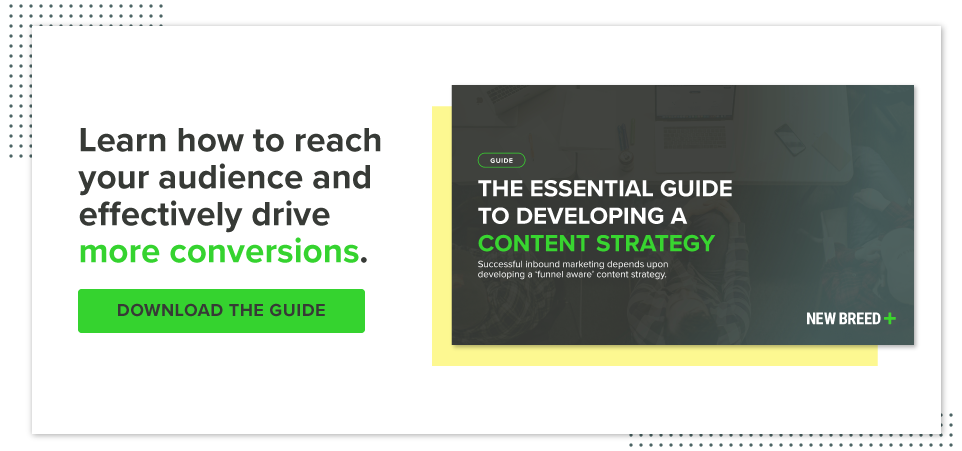The concept of analyzing gaps in content is really not new. It is, however, not as prevalent a practice, at least among businesses that are starting out. That might have to do with common misconceptions about the process. Some might think a content gap analysis is too hard to do because it takes too much time or requires data analysis beyond their means.
Others might believe they don’t have enough content to make it worthwhile. Then there are those people who don’t bother because they’re unclear how to tactically implement one.
Whatever their reasons, these companies are definitely missing out on a lot. A content gap analysis is critical to a business’ success.
What Is Content Gap Analysis?
A content gap analysis is the process of assessing and finding gaps in your content repository. The process entails recognizing holes in content aligned with various phases of the buyer’s journey and looking for high-volume keywords you haven’t targeted.
Content gap analysis involves an audit of the several types of content:
- Website copy
- Blog posts
- Online courses
- E-books
- Downloadables
- Landing pages
That doesn’t mean your analysis will be confined to content on your website. Your analysis should also cover content on your other marketing platforms such as your social media accounts and physical collateral.
Why You Need to Conduct a Content Gap Analysis
A content gap analysis can help you do the following things, regardless of your industry:
1. Increase audience engagementHere’s a no-brainer. A content audit helps you determine the content you don’t have that would resonate with your audience. With the information from your content gap analysis, you can create better content from the point of view of your audience for every stage of the marketing funnel.
It’s important for your audience to like your content. That means you can expect them to spend more time interacting with your brand. They may stay for hours reading your blog content or your e-books. Maybe they’ll spend time looking at those pictures you posted on Instagram. The higher their engagement, the better chances you have of converting them.
2. Enhance the user experienceIn a way this is related to our previous point. The results of a content audit can help you create material your audience loves. In short, that content enhances their user experience when they’re on your website or on your social media accounts.
Since user experience affects conversion rates, if you give your audience positive experiences, you increase their chances of taking your desired action. If you give them a bad user experience, you can’t expect them to stay and convert.
3. Improve SEOGoogle rewards websites that create content people are actually looking for. Part of conducting a content gap analysis is identifying topics people are searching for related to your company that you haven’t covered yet. So if you used to find yourself at the bottom of search engine results pages, you might soon find yourself among the top.
4. Outrank the competitionCompetitor analysis is part and parcel of any content gap analysis. With this analysis, your goal is to create content that ranks for those keywords your competitor’s content is ranking for. So, when a consumer searches for a query, they end up seeing your website on SERPs first, and not that other company’s.
In other words, a content audit can help you outrank the competition. That means you increase your chances of getting those customers instead.
5. Grow your businessThe results of your content gap analysis won’t just allow you to create content that enhances the user experience. They will also help you create quality content that elicits audiences to take your desired action.
It doesn’t matter if that desired action is to get your audience to make a purchase or sign up for your mailing list. The ultimate result when you get these conversions is this: you grow your business.
Summing Up
To win over potential customers and increase sales, you need to focus on your content. Your content should elicit action in each stage of the buyer’s journey. It should also enhance the user experience.
A content gap analysis evaluates your current content to help you find gaps you need to fill in your current content marketing strategy.
Thanks to content gap analysis, you can generate leads and conversions and create the maximum value for each potential customer at each stage of the buyer’s journey. The result is that you always stay ahead of your competitors. Your business will also be well on its way to success.
Jayson David
Jayson David is the lead writer, editor, and researcher at Hosting Foundry, which helps businesses find the best web hosts for their needs. A web hosting savant, he checks and publishes all the content on the site.





